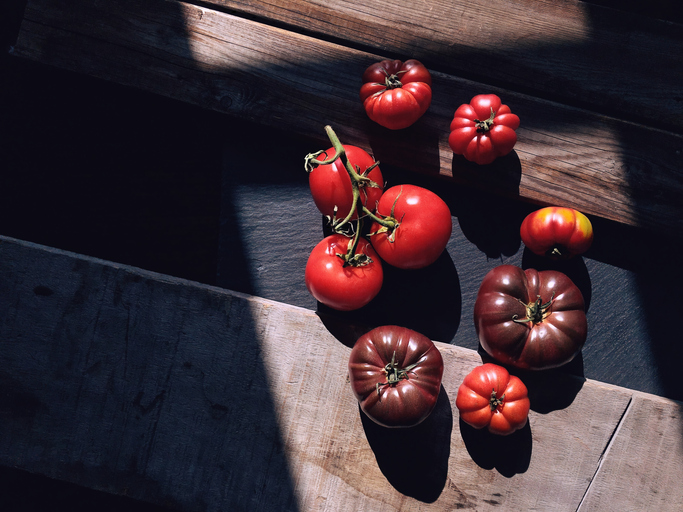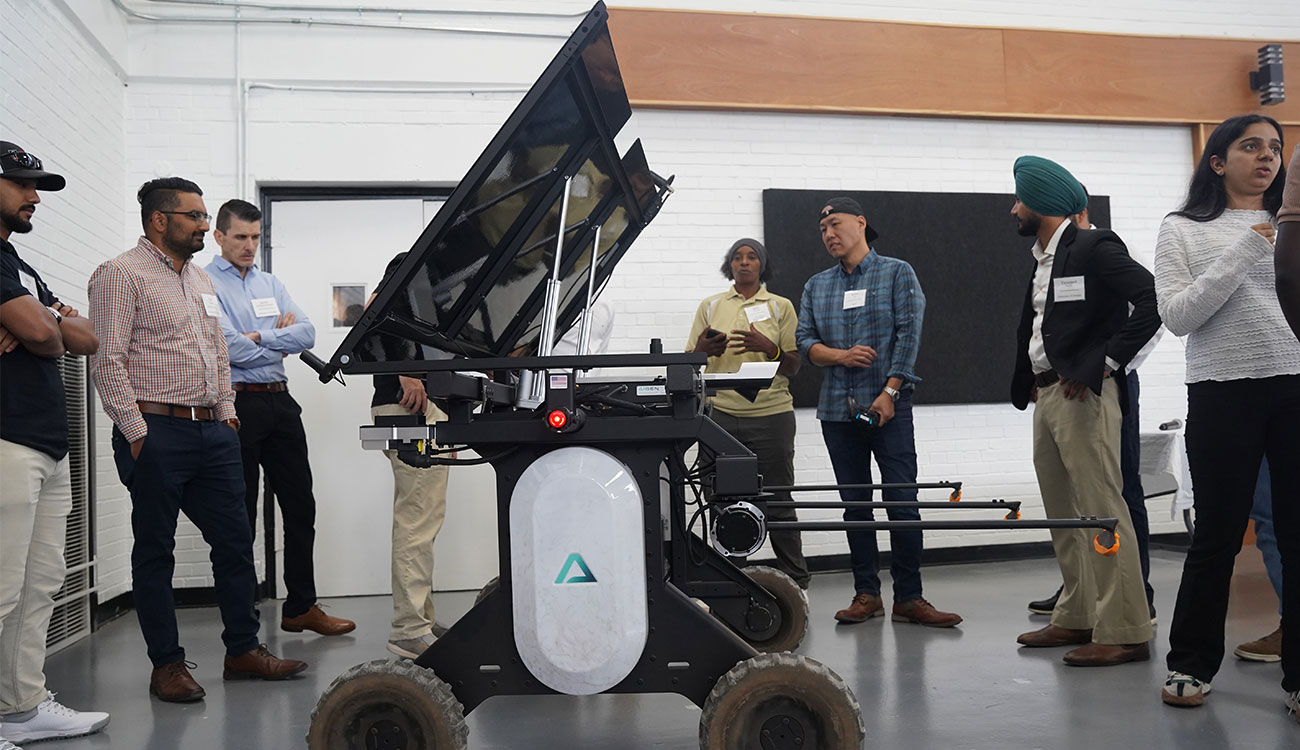As spring arrives in south Georgia, people stream outdoors to enjoy the warm days. Peanut seeds, though, may find it still too chilly to venture out.
"Peanuts are very sensitive to soil temperature," said John Beasley, an agronomist with the University of Georgia Extension Service.
Georgia peanuts are a $400 million crop. To reach the full value of the crop, farmers have to time their planting just right. Sparse stands of peanuts, Beasley said, are almost always due to poorly timed planting.
But as the weather warms, some farmers start planting, whatever soil temperatures may be. Peanuts don't grow in air, though, and soil warms up much more slowly than air.
"The four-inch soil temperature needs to be at or above 65 degrees for three or more straight days for minimum peanut seed growth," Beasley said. "Peanut seeds must be in 65-degree soils to germinate and emerge quickly."
During the weekend of March 16-18, the air reached a balmy 79 degrees. But the soil hovered around 60 degrees -- too cool to safely plant peanuts.
The problem for overeager farmers is serious.
Seed companies coat their seeds with fungicides to protect them during the first vital growing days, Beasley said.
The fungicides can protect the seed for two to three weeks in dry weather. That usually allows plenty of time for the seed to germinate and emerge from the soil.
"Until that seedling emerges and begins producing the energy it needs through photosynthesis, the seed sustains it," Beasley said. If it doesn't emerge fast, the young plant faces the risk of running out of energy from the seed.
If diseases attack or destroy the seed before the young plant emerges, the plant can die or be stunted from lack of nutrients.
Farmers can rely on weather service temperature readings from a weather station near their farm. But Beasley said it's easy to take a reliable reading in the field where it needs to be measured.
"This can make or break growers, so accurate measurement where it counts is critical," he said. Beasley said any thermometer that registers 65 degrees and is long enough to insert into the soil will work. So special, costly thermometers aren't required.
Some farm supply dealers may have thermometers already marked to a four-inch depth, making the process one step easier.
Beasley tells farmers to take soil around noon, leaving the thermometer in the soil for about two hours. "It's safe to assume that's an average temperature for that soil," he said.
When the lowest temperature from several spots in a field is above 65 degrees for three or more days, the soil is warm enough to plant peanuts.
But Beasley warns farmers to watch the forecast even then. "If a cold front or a cold rain is on the way, it could dramatically reduce soil temperatures around freshly-planted seed," he said.
Sandy, loose soil warms and cools quicker than heavier clay soils, he said. So clay-soil fields could stay warm through a short cool spell while a sandy soil would cool off.
Most fields contain both sandy and clay soils in different areas. Beasley said measuring and recording temperatures is the easiest way to be sure the field is warm enough for planting.
"Seed is the biggest investment besides pesticides in peanut production," Beasley said. "It doesn't make any sense to plant them into undesirable conditions."






